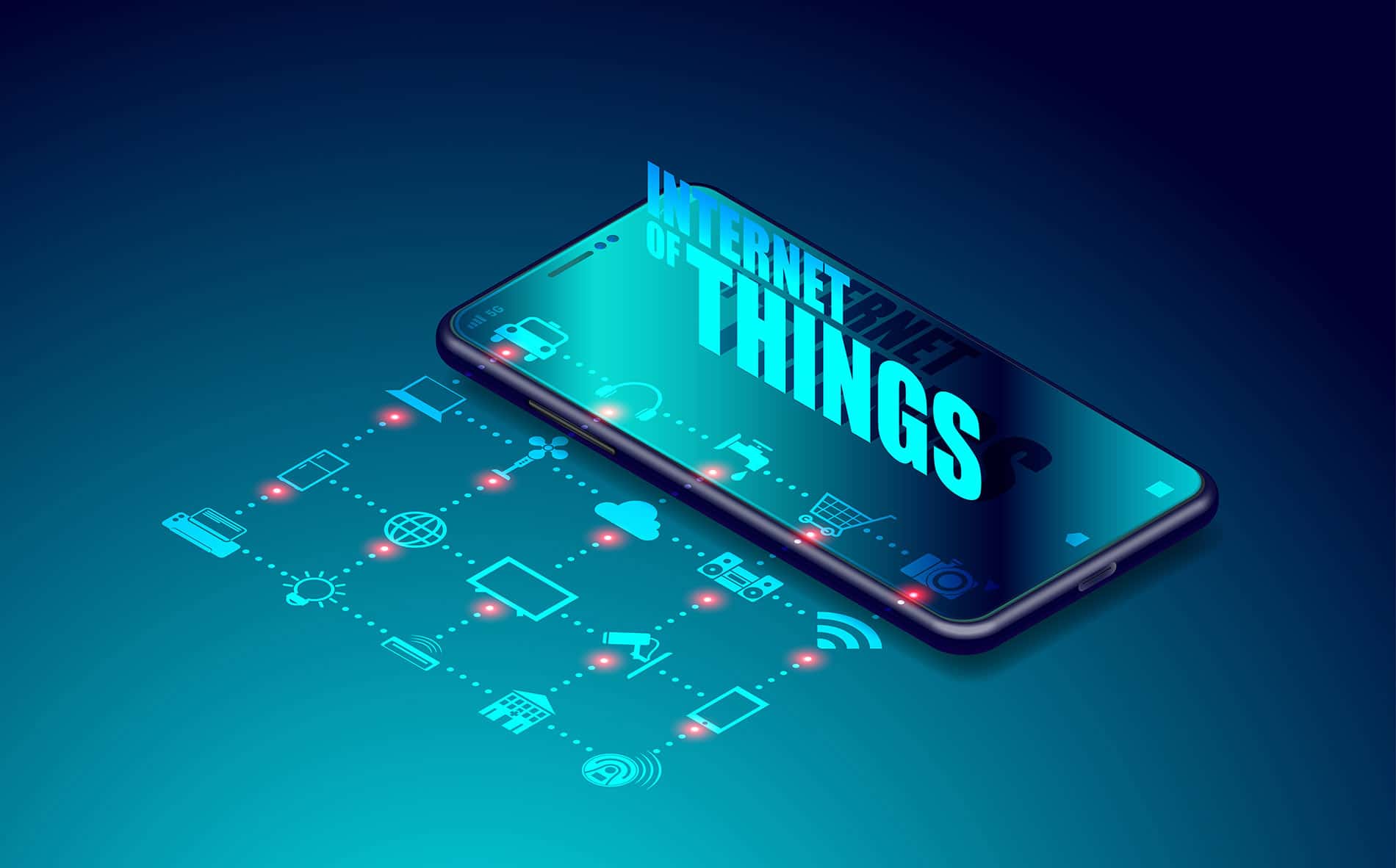
How mobile apps impact the Internet of Things
November 25, 2024The Internet of Things (IoT) has evolved from a niche concept to a central pillar of modern technology, enabling seamless communication between devices. Initially limited in application, IoT became mainstream with the rise of smartphones and mobile apps, transforming its reach and usability. IoT devices, which communicate over interconnected systems, are now integrated into daily life, driven by app-based interactions that let users control devices from anywhere, enhancing convenience and functionality.
The role of mobile apps in IoT
Mobile apps have revolutionised how IoT ecosystems operate by allowing users to control and monitor IoT devices remotely. Smartphones, embedded with powerful apps, act as the control centres for IoT systems, making it easy to manage and adjust settings on the go. For instance, smart home devices, wearable fitness trackers, and even connected cars rely on mobile apps to facilitate real-time, remote interaction. This app-centric approach gives users portability and accessibility, making IoT solutions more practical and user-friendly.
Real-world IoT applications powered by mobile apps
1. Wearables: Wearable devices like the Fitbit and Apple Watch are among the most popular IoT applications. These devices sync with mobile apps to track health metrics, analyse fitness data, and provide personalised recommendations. The wearable market has surged in recent years, with these devices becoming mainstream. Mobile apps are essential to maximise their functionality, offering users a full picture of their health data and enabling interaction with other devices.
2. Connected cars: High-end automobiles are increasingly equipped with IoT capabilities, allowing them to communicate with smartphones. Through specialised apps, users can monitor vehicle status, control in-car features, and even access navigation and diagnostics remotely. Such apps enable users to start their car, adjust climate settings, or locate the vehicle, adding a layer of convenience and security. While primarily available in luxury vehicles, connected car technology is expanding, setting the stage for broader adoption.
Read on: Designing digital products for millennials: The two most important rules to follow.
3. Smart homes: Smart home systems like Amazon Alexa and Google Home have pioneered the concept of interconnected living spaces. Mobile apps allow users to control home devices—such as lights, thermostats, and security cameras—through simple voice commands or app-based controls. This ecosystem, though still evolving, showcases the potential of IoT to transform household management, making homes more efficient and personalised.
Business opportunities with IoT and mobile apps
The IoT market is expanding rapidly, particularly in the consumer and manufacturing sectors. For businesses, creating mobile apps compatible with IoT systems offers a valuable avenue for growth. By developing apps that integrate with IoT platforms, businesses can tap into a growing demand for smart, connected solutions. Despite competition from major tech giants like Google and Amazon, smaller companies have opportunities to design innovative IoT applications, especially in markets not yet dominated by established players.
While initial investments in IoT solutions can be high, the long-term cost savings and efficiency gains are substantial. For instance, manufacturing giants like Harley-Davidson have reported significant savings by adopting IoT-driven processes. Additionally, the wearables market continues to grow, as consumers are drawn to these convenient and "cool" devices, spurred by sci-fi influence and real-life applications.
The future of IoT and mobile apps
IoT’s potential extends beyond existing markets, with opportunities in areas like healthcare, education, and scientific research. As mobile apps continue to play a critical role in IoT development, the demand for app-based IoT solutions is likely to grow across diverse fields. The market remains open to new entrants, offering ample room for innovation and competition.
Ultimately, IoT is reshaping the technology landscape, providing a fresh surge of possibilities in a saturated industry. Over the next decade, IoT will likely become even more embedded in daily life, with mobile apps leading the way in enhancing connectivity and control.
